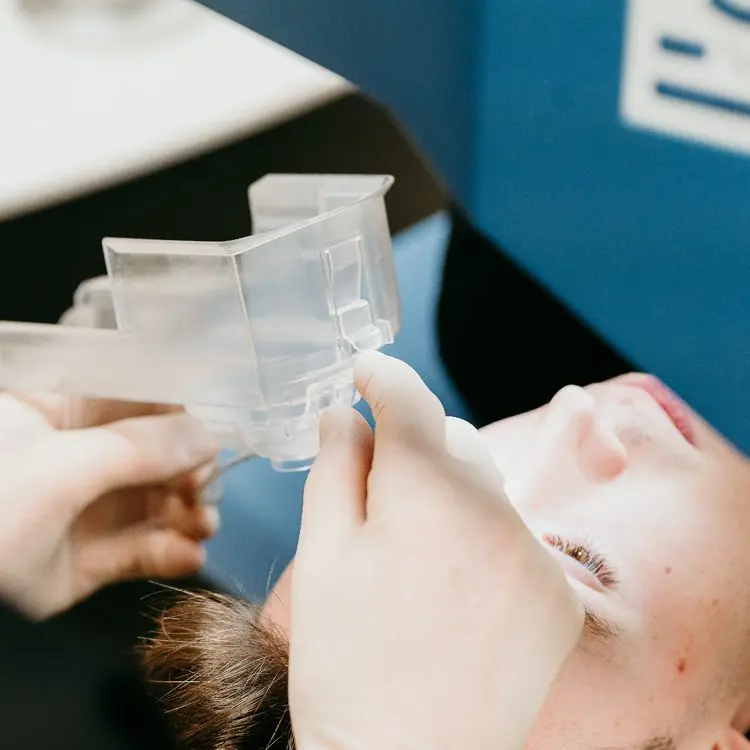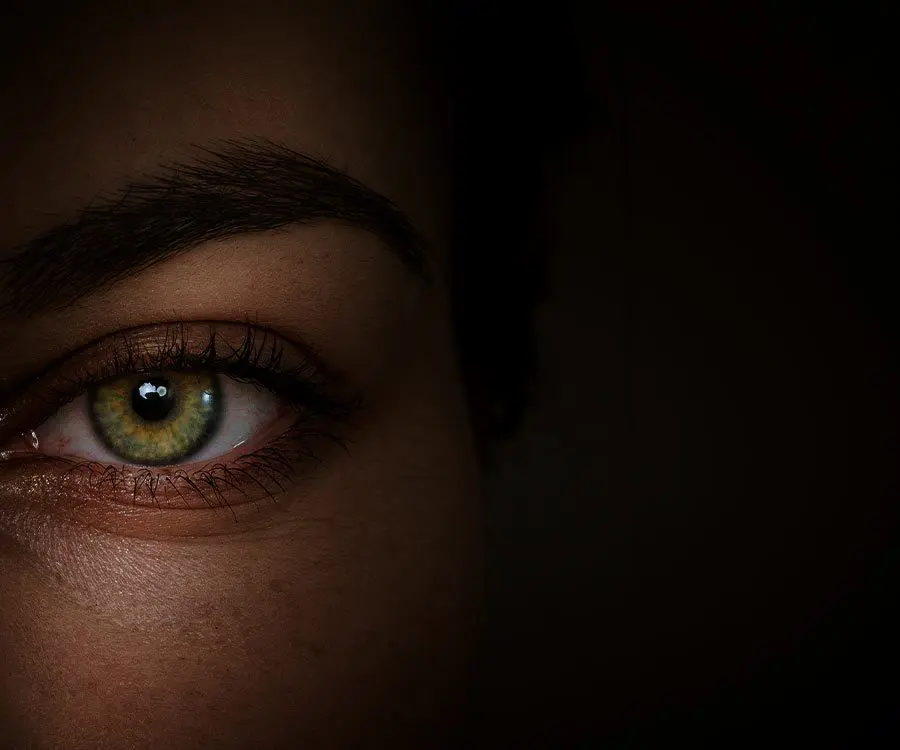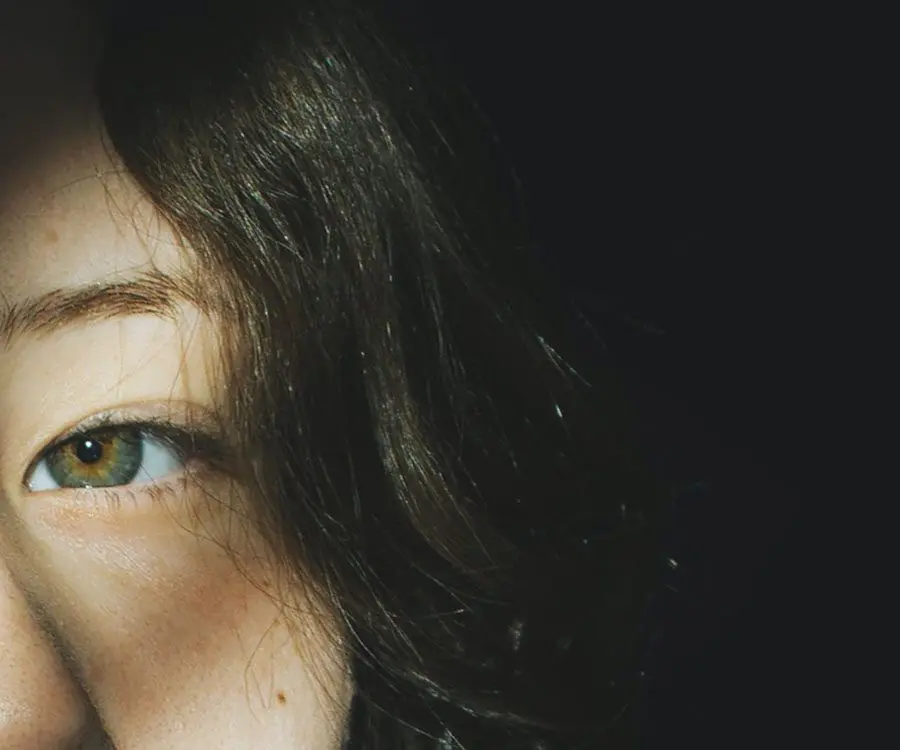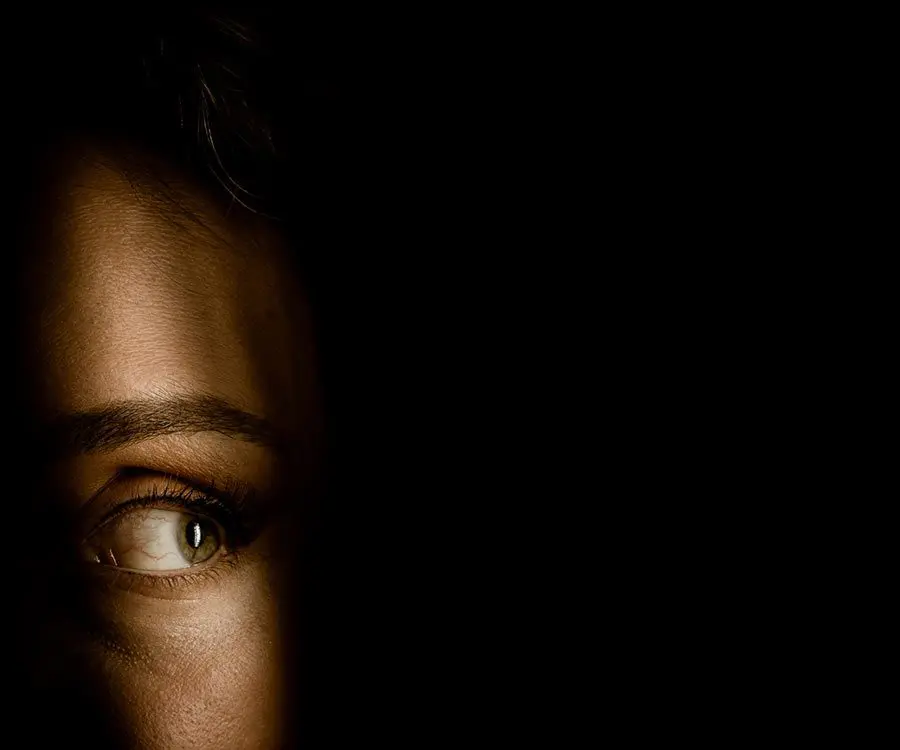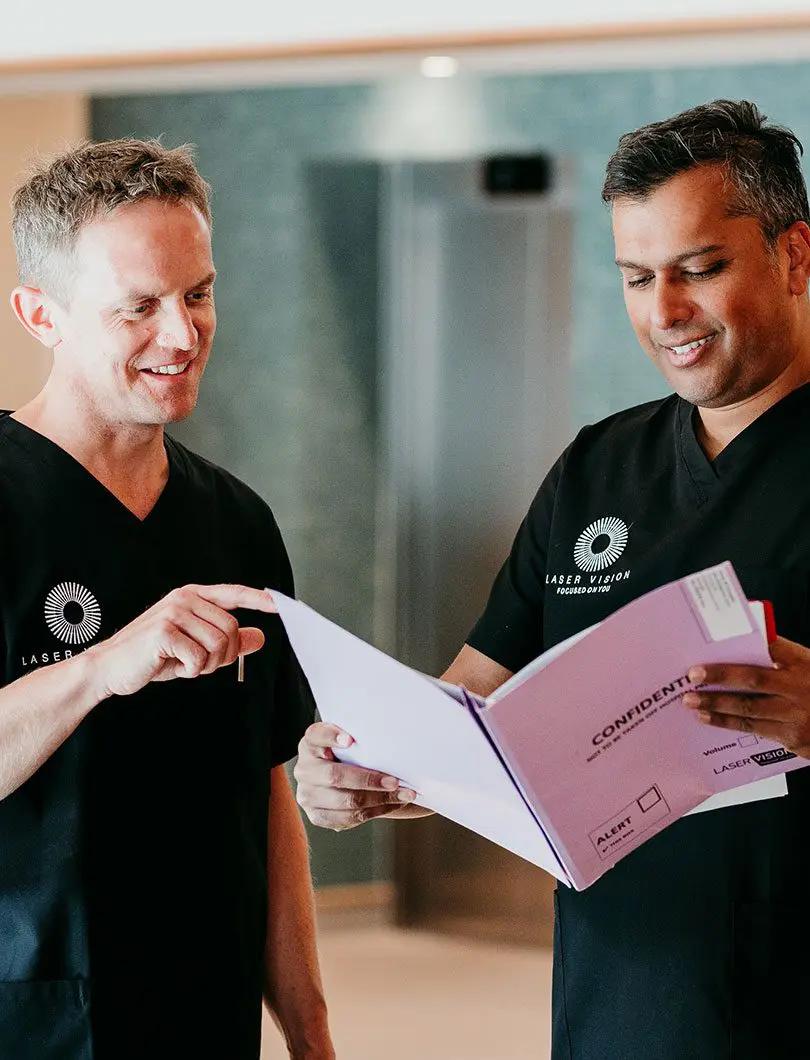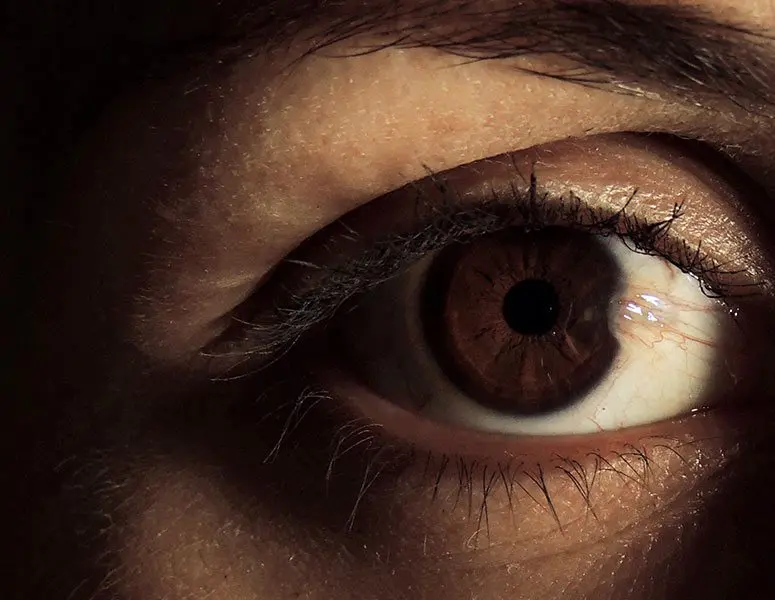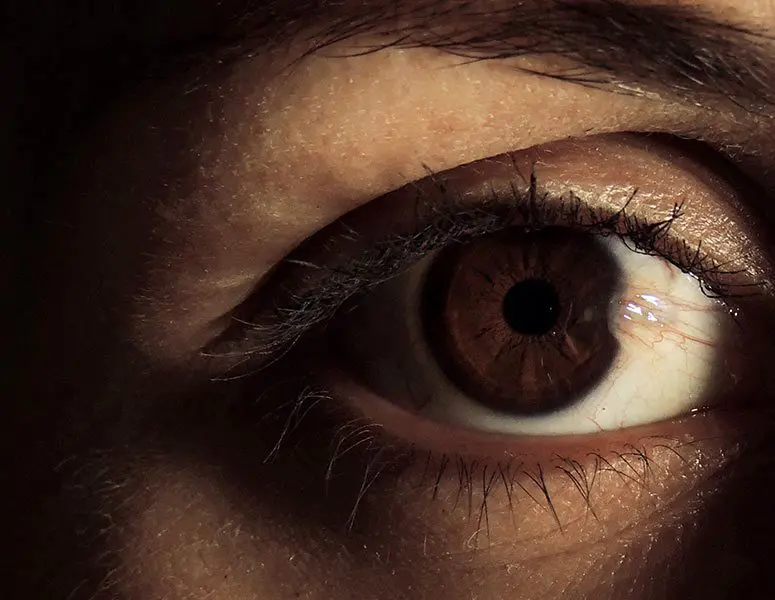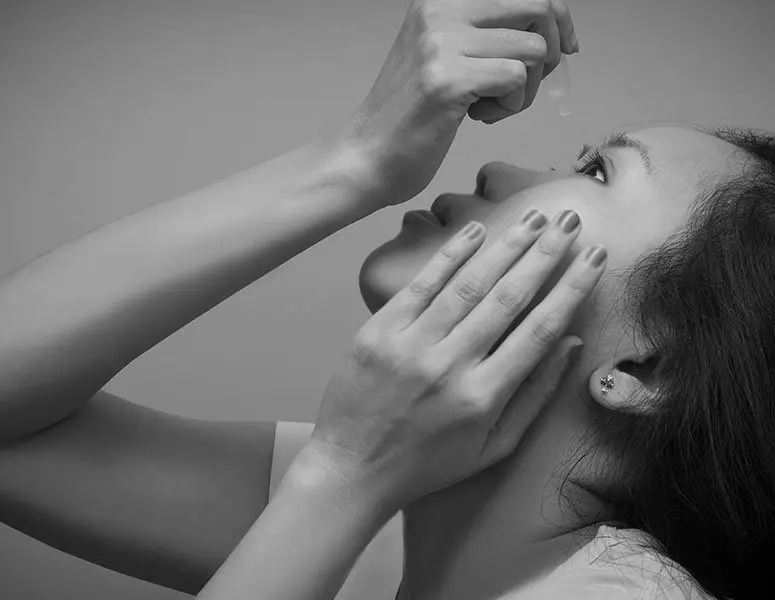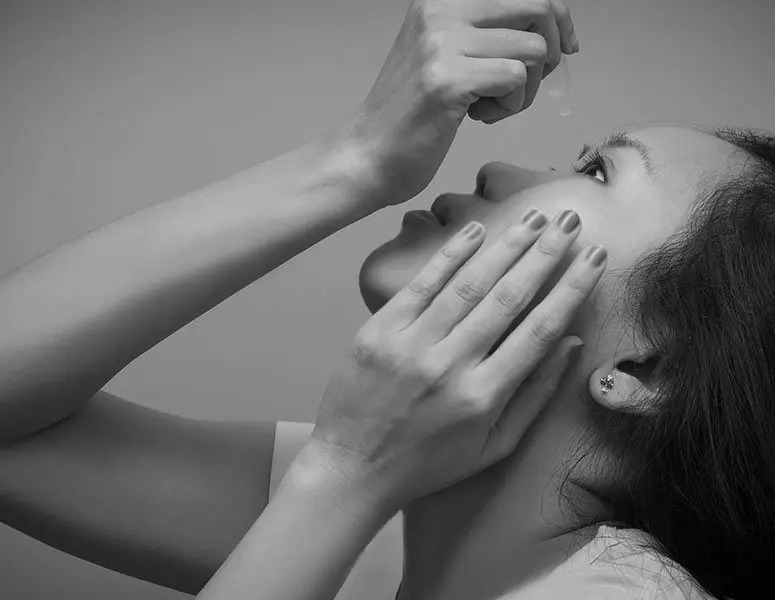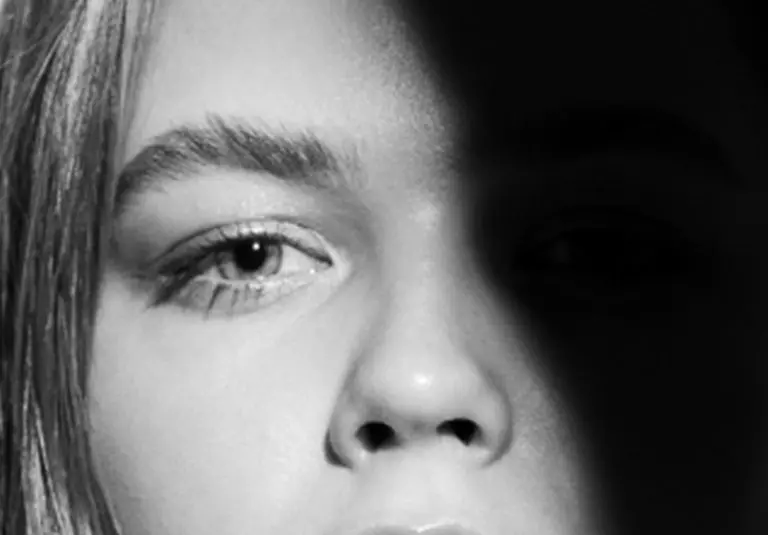- Corneal Surgery

Pterygium Surgery

- Treatment

- Corneal Surgery
Pterygium Surgery
We provide Pterygium Surgery to patients experiencing problems relating to the pterygium.
Pterygium is a benign (non cancerous) overgrowth of the white conjunctival layer of the eye onto and across the cornea – the transparent front of your eyeball. When advanced it can extend across the visual axis obscuring vision. It usually starts on the white part of the eye nearest the nose and slowly develops and in developed cases can even extend over the pupil.
What is a Pterygium?
A Pterygium (pronounced ter-ij-ee-um) is a wing-shaped growth of tissue that initially forms on the white of the eye, before stretching across the clear window known as the cornea. It can form on either side of the eye but predominantly forms on the side closest to the nose. Pterygium is not considered to be a dangerous or suspicious growth of tissue, but it may cause symptoms requiring its removal. Pterygium is considered to be a reaction of the surface of the eye to a source of irritation. Clinical research shows us that chronic exposure to UV, dust and wind can play a large role in its development. Pterygium are more commonly found in people of male gender, aged between 30 and 50.
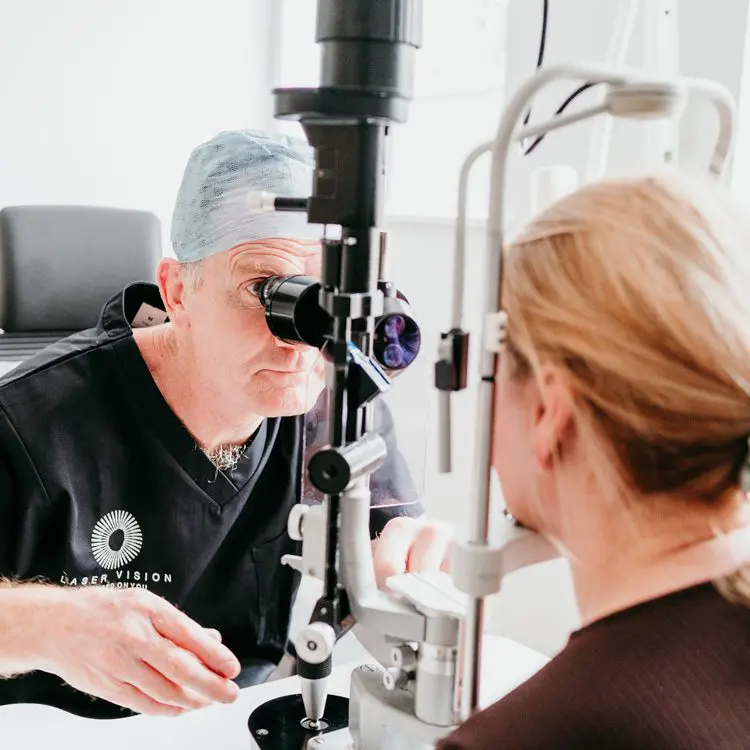
Pterygium can become elevated leading to dry eye and / or ocular surface inflammation which is the reason for difficulties with vision.
It is thought the growth is related to UV light exposure and is more common in people who spend a lot of time outdoors or who have a history of foreign travel. Treatment involves surgical excision of the abnormal tissue.
A graft of conjunctival tissue is taken from the upper conjunctiva under the upper eyelid and placed over the excision site and secured in place with medical tissue glue.
Pterygium can become elevated leading to dry eye and / or ocular surface inflammation which is the reason for difficulties with vision.
It is thought the growth is related to UV light exposure and is more common in people who spend a lot of time outdoors or who have a history of foreign travel. Treatment involves surgical excision of the abnormal tissue.
A graft of conjunctival tissue is taken from the upper conjunctiva under the upper eyelid and placed over the excision site and secured in place with medical tissue glue.

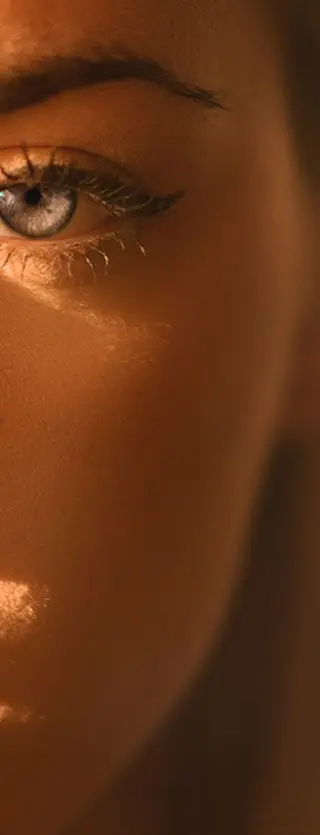
Pterygium Eye Surgery Procedure
- 1.Performed under local or general anaesthetic in sterile operating theatre.
- 2.Patient is laid flat on the treatment bed.
- 3.Povidone iodine clean, sterile drape applied and eyelid support inserted.
- 4.The Pterygium is excised and the conjunctival graft is taken from the upper conjunctiva under the upper lid.
- 5.The conjunctival graft is secured over the pterygium excision site using medical tissue glue.
- 6.Topical anti-inflammatory and antibiotic drops applied.
